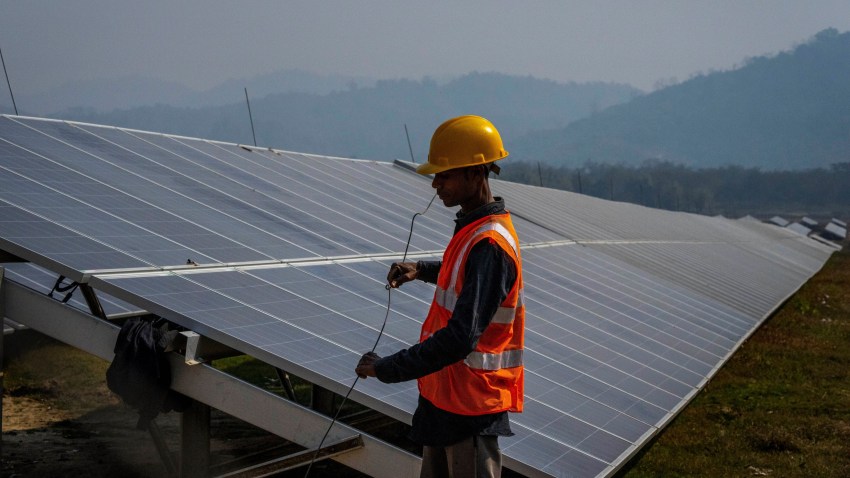Last month, Indian Finance Minister Nirmala Sitharaman presented what was described as a “Green Growth” budget for the current fiscal year. The budget laid out plans to increase public investments in climate change mitigation efforts, like renewable power generation and transmission across the country, green hydrogen for industrial decarbonization, and manufacturing capacity for energy storage to support renewable power and the electrification of transport.
The budget signals progress on New Delhi’s commitment to halve its carbon emissions by 2030 and decarbonize its economy by 2070. But the commitments made by India and other countries to reduce their carbon emissions as part of the 2015 Paris Agreement on climate change may not be enough to reverse global warming this century. Scientists have now projected that the Paris Agreement’s goal of limiting warming to 1.5 degrees Celsius or “well below” 2 degrees C may not be attainable even if countries meet their net-zero targets.
In the meantime, the effects of locked-in warming are already manifesting, perhaps nowhere more than in India. Last year, extended heatwaves across the Indian subcontinent resulted in the hottest March on record since 1901, coinciding with a drop in wheat harvests by nearly 10 percent. To boost domestic food security, the Indian government restricted exports of wheat despite global shortages triggered in part by Russia’s invasion of Ukraine. The intense heatwaves are now expected to become a regular occurrence, as frequently as once every three years, as opposed to once a century before.

